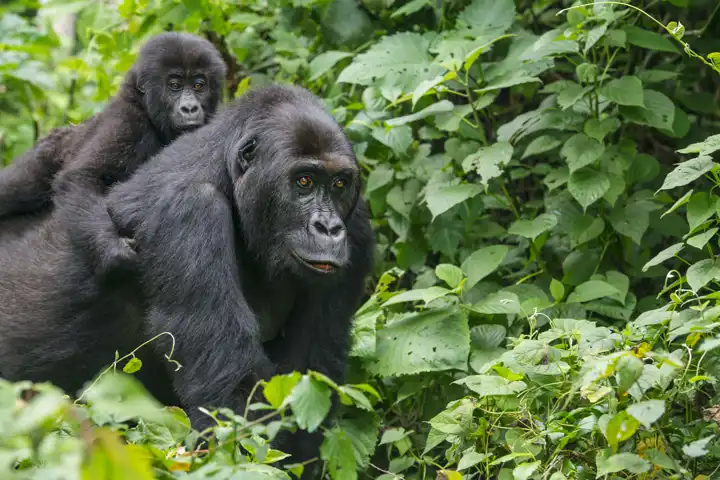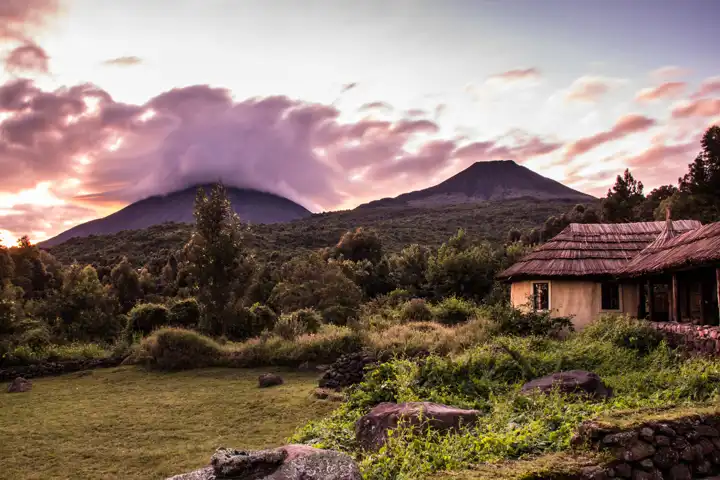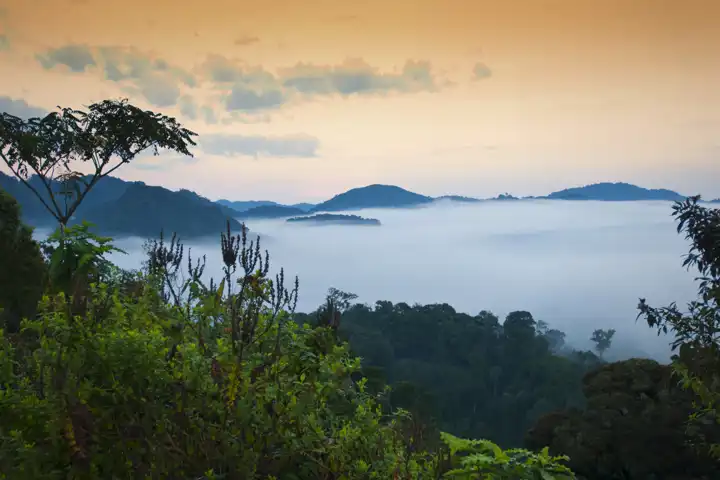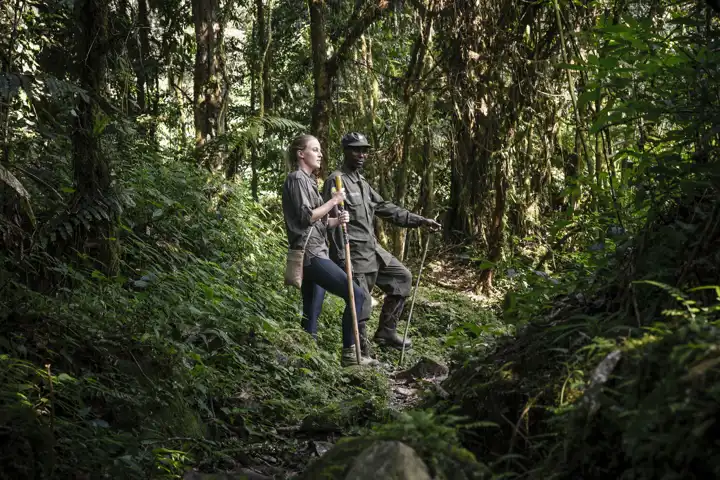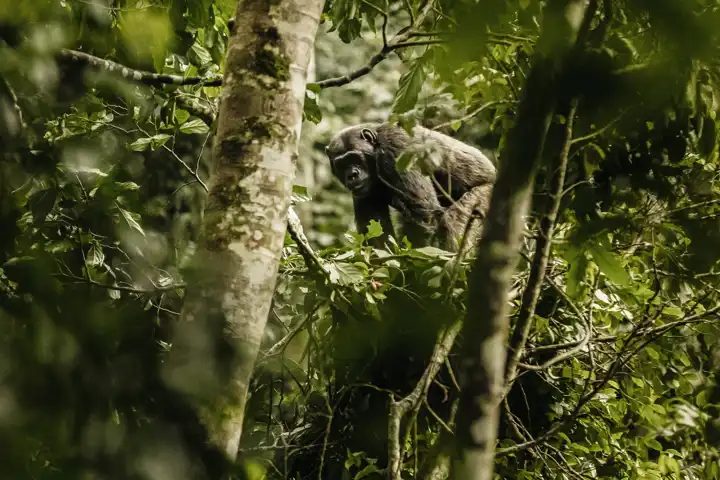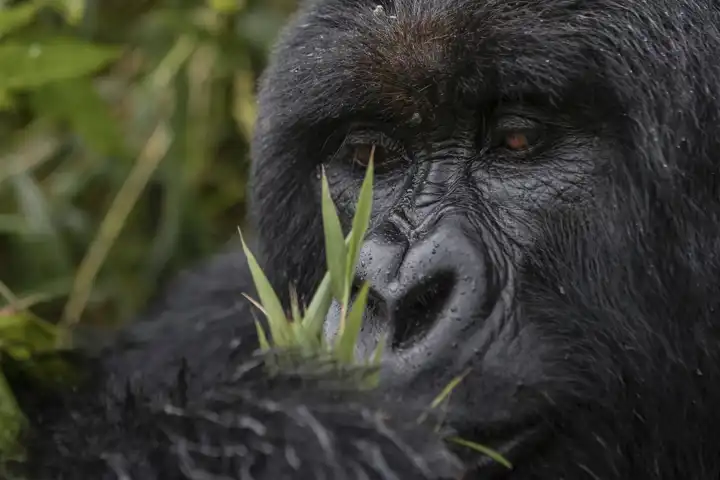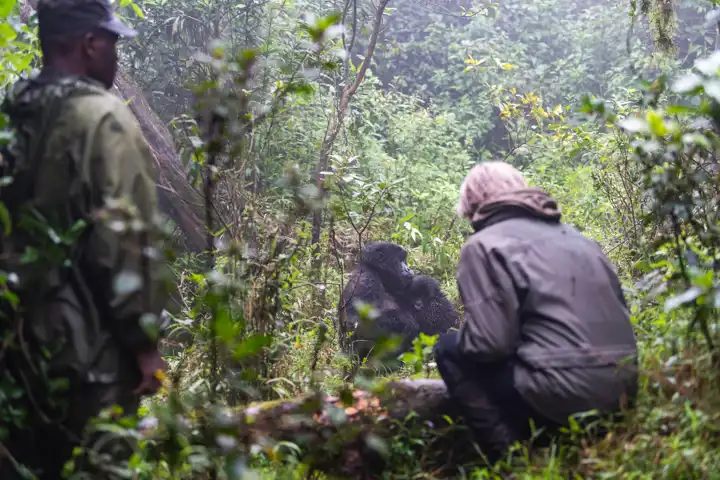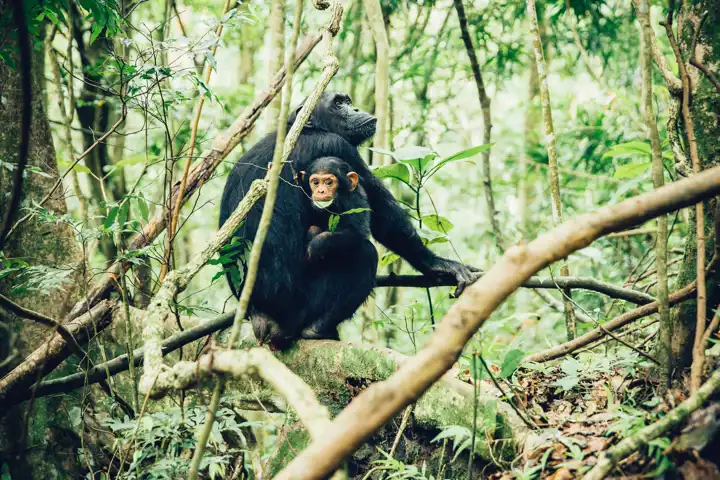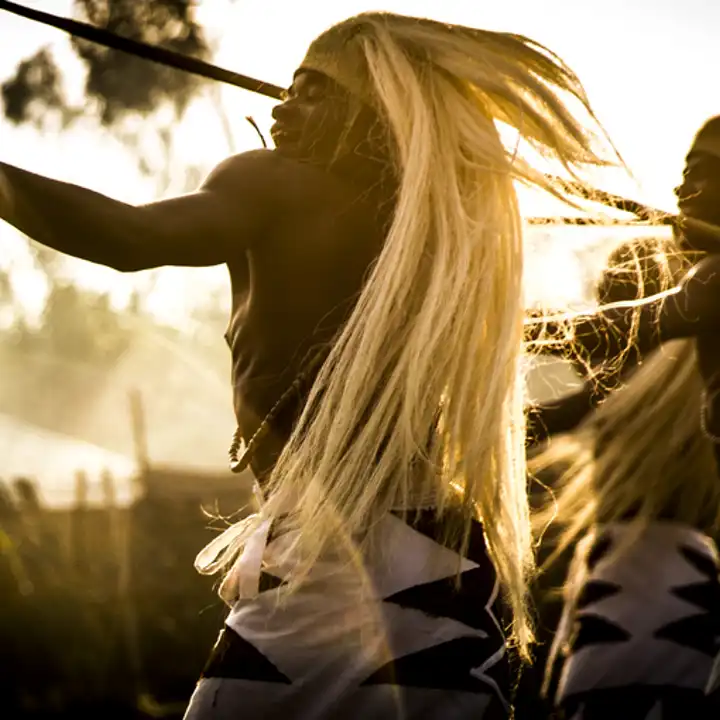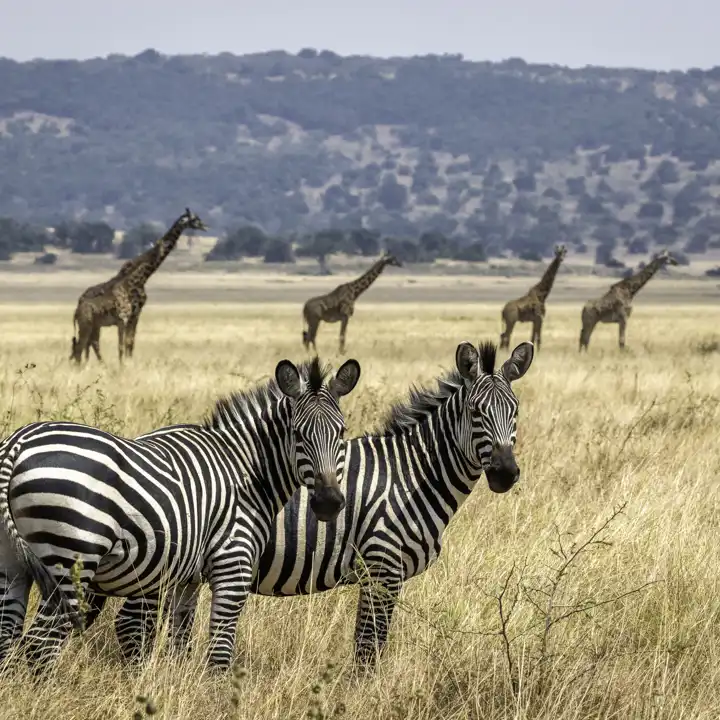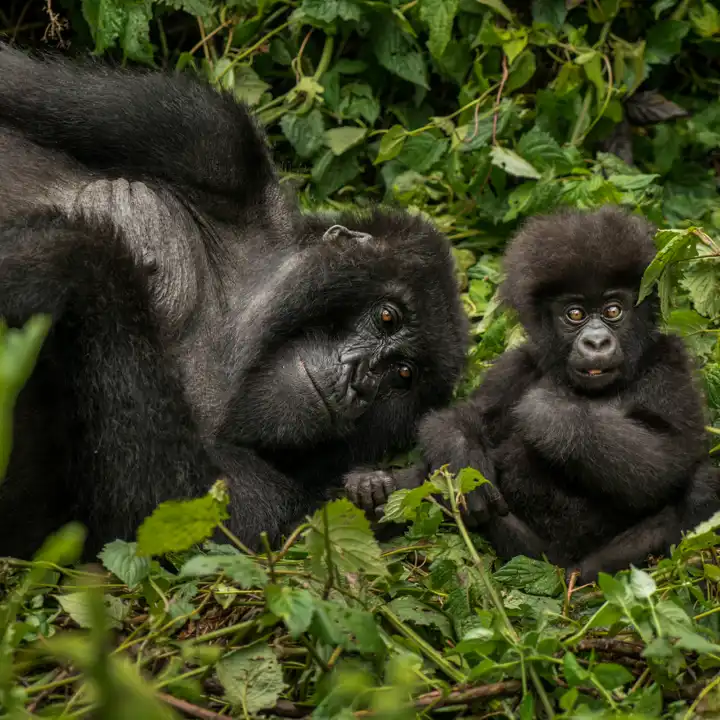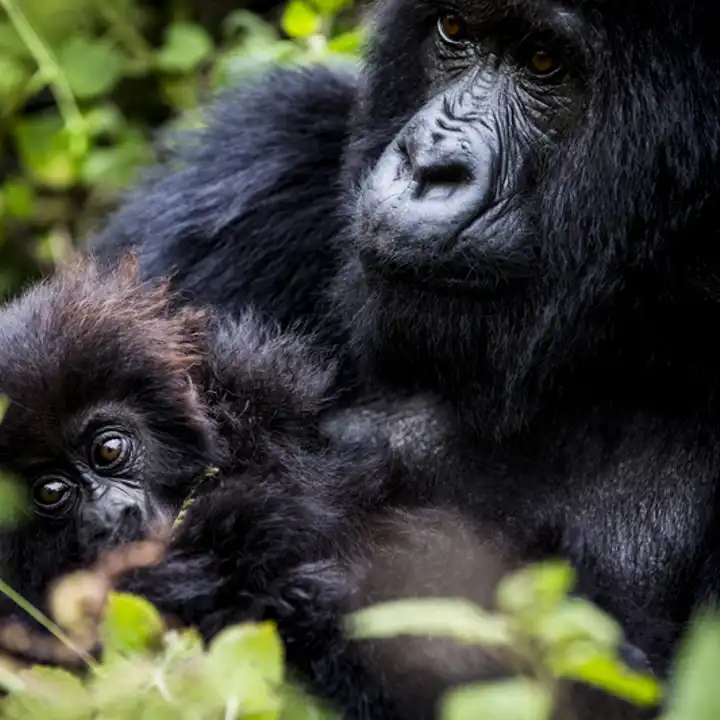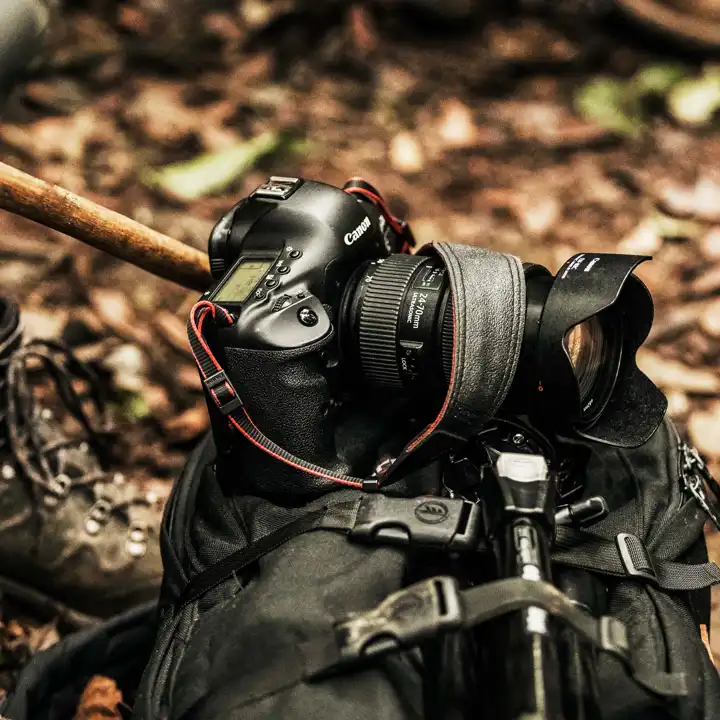Rwanda
An Epic Adventure in the “Land of a Thousand Hills”
Rwanda
Rwanda is a verdant, landlocked country in East Africa known as the “Land of a Thousand Hills” for its fertile rolling landscape. Most of the countryside is dotted with small farms, but there are areas of rugged mountains extending from the volcanoes of the northwestern portion of the country. It is here that Rwanda’s leading attraction is found: Volcanoes National Park, home to half of the world’s gorillas still living in the wild. Loved and studied for 20 years by researcher Dian Fossey, these amazing animals are greatly endangered and a visit with them will leave an impression on any traveler fortunate enough to snag one of the few tracking permits dispensed by the Rwanda government each day. Also found within Volcanoes National Park are the fascinating golden monkeys. The Dian Fossey Gorilla Fund began habituating golden monkeys in 2002 and only started permitting interactions in 2003. Yet another once in a lifetime experience, a trek deep into golden monkey territory with a private guide offers an up close and personal view of the monkeys in their natural habitat.
In addition to Volcanoes National Park, Rwanda is home to Nyungwe Forest National Park, which shelters more than 25-percent of Africa’s primate species, including L’Hoest’s monkey, owl-faced monkey, black and white colobus, and the ever-popular chimpanzee. A hike through this park is a must for wildlife enthusiasts, and a venture across the 295-foot long Nyungwe Forest National Park canopy walk suspends visitors 130 feet above the ground to bring them eye level with the park’s incredible primates and bird life.
In the middle of Rwanda, the shores of Lake Kivu call to those seeking higher end resorts, majestic turquoise water vistas, and some of the freshest Sambaza, a local delicacy of fried sardines. One of Rwanda’s best kept secrets, Lake Kivu is the world’s 18th deepest lake and is surrounded by mountains, outcrops of rocks, and beautiful green terraced tea plantations for strikingly dramatic scenery. There’s nothing quite like nestling your toes in the sand and witnessing the fishermen on the lake, singing their songs at sunset.
Whether waking up to a cup of local Rwandan coffee or coming up-close to a gorilla in the wild, travelers to Rwanda will find a wholly transformed country defined by unity, stability, and hope. Contact Ker & Downey to incorporate one of our Rwanda gorilla safaris into your next Rwanda luxury travel adventure.

